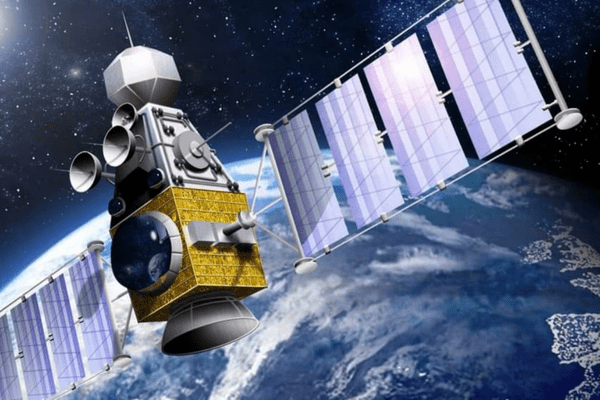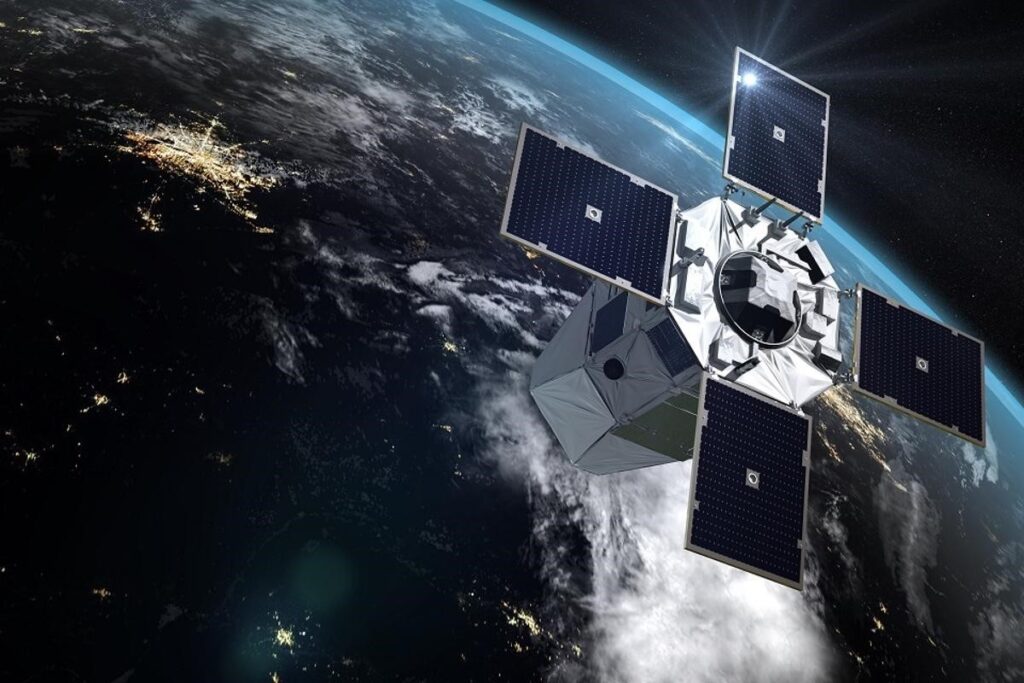Military reconnaissance satellite launched by South Korea coincides with North Korea’s plans to deploy multiple spy satellites.
- The satellite was deployed using a SpaceX Falcon 9 rocket and is equipped with synthetic aperture radar (SAR), enabling it to capture images regardless of weather conditions.
About Military spy satellites:
- Military spy satellites, also known as reconnaissance satellites or intelligence satellites, are artificial satellites used for military surveillance and reconnaissance.
- They are either Earth observation satellites or communications satellites deployed for military or intelligence applications.
- They provide information on enemy forces and their capabilities, and are used for military observation missions.
- They are capable of intercepting and recording radio and radar transmissions as it passes over a country.
- The most common missions for military satellites are: Intelligence gathering, Navigation, and Military communications.
- Countries such as the US (with the Keyhole series, known as KH), China (with the Yaogan series), and Russia (with the Persona series) have deployed numerous reconnaissance satellites.
Types:
- Optical imaging satellites: Use light sensors to detect missile launches and “see” enemy weapons on the ground.
- Radar-imaging satellites: Use radar technology to observe the Earth through cloud cover.
- Signals-intelligence or ferret satellites: Use radio receivers to capture radio and microwave transmissions from any country on Earth.
- Missile early warning: Detects ballistic missile launches.
- Nuclear explosion detection: Detects nuclear detonations from space.
- Electronic reconnaissance: Intercepts stray radio waves.
Concerns:
- Militarization of Space: The deployment of military assets in space raises the risk of weaponization and conflict escalation beyond Earth’s atmosphere.
- Promotion of Mistrust: Military satellite deployments can exacerbate tensions between nations, as seen in the case of North and South Korea, heightening suspicion and leading to potential arms races.
- Dual-Use Technology: Satellite technology, while serving civilian purposes like communication and navigation, can also be repurposed for military applications, including orbital weapons capable of targeting ground installations.
- Intelligence Gathering: Advanced reconnaissance satellites, such as those developed by China, have the capability to gather sensitive military intelligence, potentially posing security risks for other nations like India.
Indian reconnaissance satellites:
- RISAT-2: India’s first dedicated reconnaissance satellite, designed for border surveillance, counter-terrorism, and anti-infiltration operations.
- The satellite was decommissioned in October 2022.
- RISAT-2B: The third satellite in the series, launched in May 2019, with an X-Band radar that takes high-resolution spot images.
- EMISAT: India’s first Electromagnetic Intelligence Gathering Satellite, launched in April 2019 that provides information and locations of enemy radars.
- GSAT: India has two dedicated military satellites, the GSAT-7 (Rukmini) for the Navy and the GSAT-7A (Angry Bird) for the Air Force.
- Domestic private sector satellite: Manufactured by Tata Advanced Systems (TASL), this satellite has sub-meter resolution imagery capabilities and is expected to launch in 2024.
- The satellite will be controlled from a ground station in India, which will keep the coordinates monitored by the armed forces secret.
Ref:Source
| UPSC IAS Preparation Resources | |
| Current Affairs Analysis | Topperspedia |
| GS Shots | Simply Explained |
| Daily Flash Cards | Daily Quiz |



